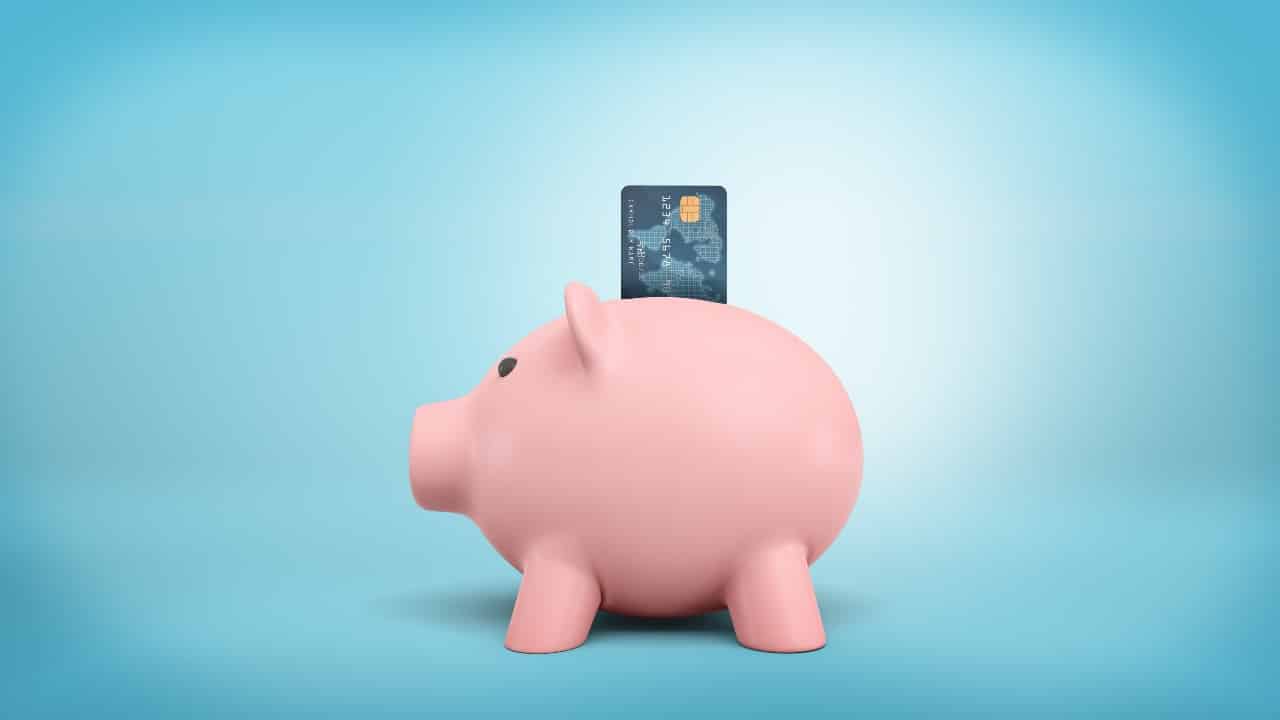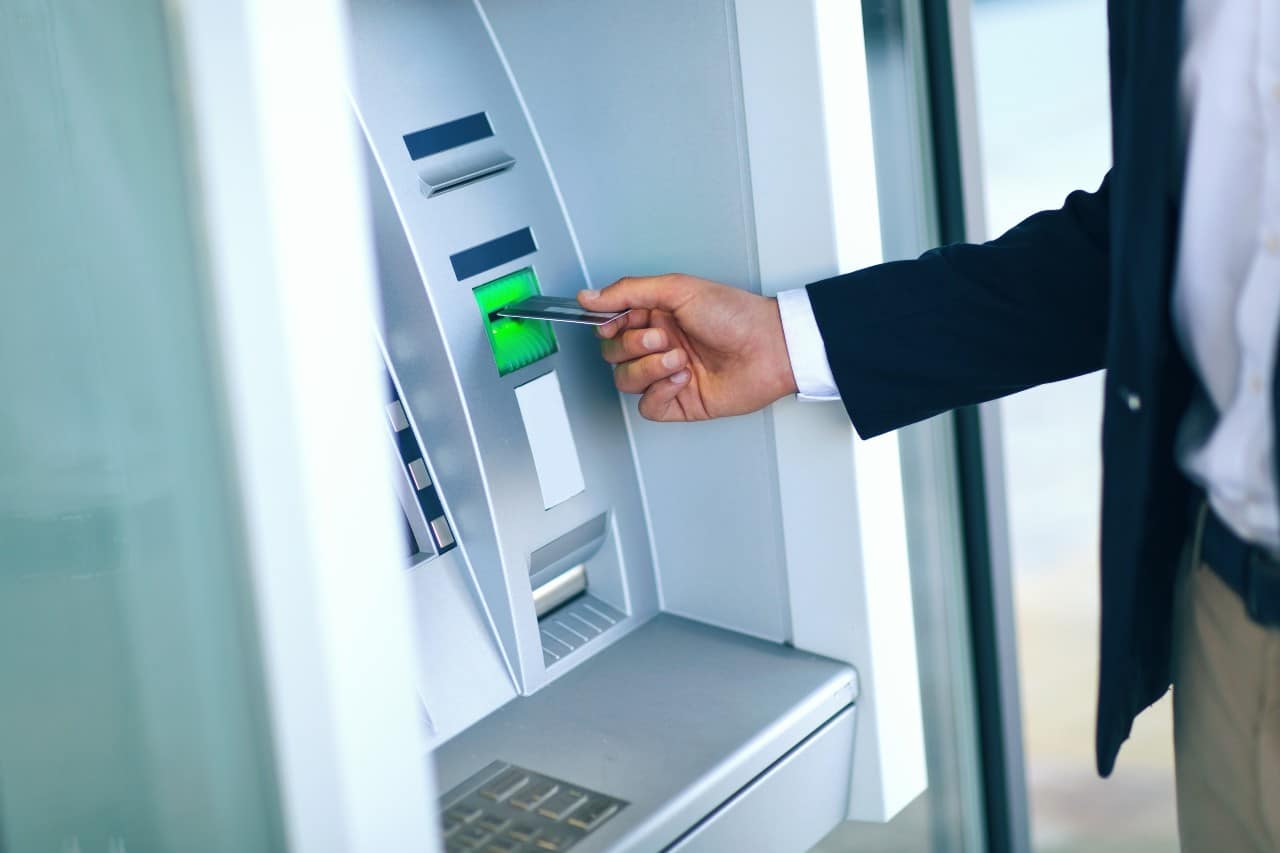As technology advances each day, we benefit from enhanced virtual tools. One of the most influential tools to arise from innovation is financial technology or fintech for short. As a result, more communities around the world are becoming cashless. What does this mean and how does it impact you? Continue reading to find out!
What does it mean to be a cashless society?
A cashless society uses solely digital currency to facilitate economic activity. No physical money, like coins and bills, is used. Rather, digital currency is solely used, like debit cards, cryptocurrencies and so on.
How does a cashless society work?
The idea of a cashless society is that were are less, or not at all, reliant on physical currency as a payment solution. Meaning products and services aren’t paid for using paper bills and coins. Digital payment methods, like credit cards and online platforms (ie; PayPal) are used instead.
Keep in mind that the concept of money still exists in a cashless society. This means people still earn a certain amount of money when they provide labour. Products and services are still priced according to market conditions. The central banks of the world, like the Bank of Canada, still regulate economic growth like inflation and bank interest rates. All that changes is the way in which people circulate money. More specifically, a cashless society circulates money digitally instead of physically.
Examples of cashless advancement
To help understand the concept of cashless societies, let’s look at some examples:
Digital wallets
People routinely make purchases with a mobile wallet using applications like Apple Pay or Google Pay.
Debit and credit cards
Debit and credit cards allow users to make purchases virtually and instantly through their bank accounts.
Online payment platforms
PayPal, Stripe, and other similar electronic payment platforms operate on a cashless basis.
Cryptocurrency
Bitcoin, Ethereum and other digital currencies are considered to be disruptive technologies in the world of finance. They operate on a decentralized exchange. Currencies we’re currently more familiar with operate on a centralized exchange. However, cryptocurrency has a long way to go before it’s reliable and safe.
Why are we going cashless?
There are two main reasons for going cashless as a society; improved technology and cost.
It’s quite costly to maintain physical money. The cost to design, print, secure, and transport money adds up quickly. That’s a big reason why, here in Canada, we don’t even use pennies anymore. Economically, it just doesn’t make sense.
The pandemic played a big part in speeding up technological advancement. During the last few years, we’ve pushed the limits of technology to be entirely remote. Over the last 100 years, there has been an explosion in technological innovation. Prior to then, it could take decades or even centuries to develop a simple technology.
For instance, the telephone took over 200 years to develop as a technology. The idea originated from Robert Hooke in 1667. Then in 1876, Alexander Graham Bell successfully transmitted voice via telephone. It took another 100 years for the first cellphone to come around (and it was the size of a brick).
Today, new technology seems to appear every day. There’s no exception for financial technology either. As digital innovation continues, we can expect to become more and more cashless.
Pros and cons of going cashless
There are various advantages to going cashless as a society. However, there are some drawbacks too. Let’s explore below.
Pros
Security
Physical money is easily stolen. Or it can make you an easy target for an opportunistic criminal.
Reduced crime
“Shady” businesses often deal with cash to bypass suspicion that may be detected at banks through a digital paper trail. With the absence of physical cash, these types of crime will reduce.
Greater efficiency
Counting, storing, and transporting cash is time-consuming and costly, especially for business owners. In a cashless society, there’s less time and money spent on these activities. There are also more types of payment to choose from.
Easier tracking
Having a digital paper trail makes it easier to track your income and expenses. In fact, there are tons of apps that use your digital paper trail to provide analytics into your financial habits.
Cons
Personal data risks
As mentioned, most crime is reduced in a cashless society, except for one. Identity theft and other crimes that require personal information will likely increase.
Barrier to entry
Certain groups may become further marginalized due to greater barriers to entry into a cashless society. For instance, the homeless and recent immigrants. They may not have access to or understanding of digital payment systems yet. Thereby leaving them in a situation where they cannot provide for themselves.
Technical issues
If your account experiences technical issues, is frozen due to hacker activity, or is seized, you may not have another resource available.
Overspending
Being able to touch and see cash helps us conceptualize how much we’re spending. With cashless and mobile payment options, this becomes more difficult to conceptualize and may cause you to overspend.
More fees
With less competition, credit card companies and other cashless payment methods may hike their fees.
Where is Canada in terms of becoming a cashless society?
According to Global News, a recent report projects that Canada will be mostly cashless by 2025. More specifically, physical cash payments will only make up 3% of all point-of-sale transactions. Of the entire report, Canada was among the leading countries to go cashless.
Moneris, a leader in payment processing, found a similar statistic. Their report suggests cash purchases will make up 10% or less of money spent in Canada by 2030. They also found that younger Canadians were more prone to tapping their cards instead of inserting them.
Ultimately, it’s hard to know for sure where Canada will be in 10 years. However, the trends show a shift towards cashless payment. It is likely that Canada will be a leading cashless society in the years to come.
How to prepare for a cashless society
Chances are you’ve had some interaction with a cashless payment. Maybe you’ve made a purchase with your debit card. Or maybe you’ve bought something online using PayPal. Is there anything else you need to do to prepare for a shift towards a cashless society?
The main thing would be education and cybersecurity. Take some time to educate yourself on how digital payment works. This will ensure you can protect your personal information and money from breaches. In addition, you may want to consider installing virus software on your computer if you find weaknesses in your systems.
Has the convenience of using digital payments led you to spend more than you bring in? Our expert credit counsellors can guide you through a process to financial stability. Reach out today!










